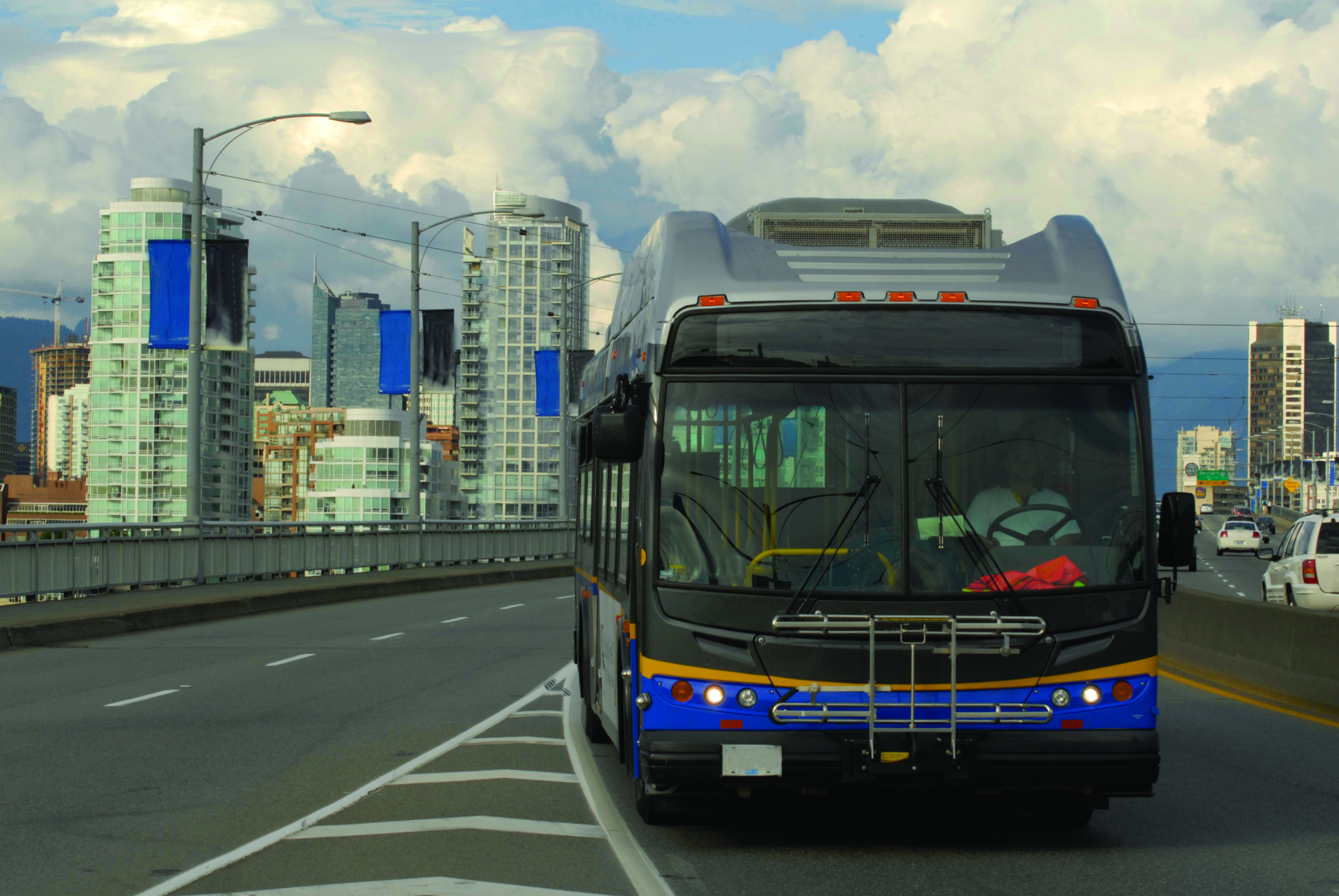Today we are glad to present the second part of our interview with Bill Parsons, a recognized expert and trainer in personal safety, who shares the best strategies and techniques for prevention of on-board assaults.
(See Part 1 of the interview here)
How can you assess when the conflict can be prevented and when it’s too late? When the situation gets physical?
During the training, we discuss the cues that indicate an assault is imminent and that the operator should prepare to defend themselves. These behaviors are:
- 1000 yard stare
- Muscle rigidity
- Body Blade
- Conspicuous ignoring and more
In addition, we talk about controlling the reactionary gap and relative positioning so the operator maintains control of the arc of movement.
The driver is also taught to use the surveillance systems on their bus to maximum advantage for both their personal safety and affirmative defense of their actions and the organization.
What self-defense techniques and practical tips would you like to share with our readers, and bus operators?
The best advice is to use their fear management skills to:
- Remain calm
- Be observant and see what is really unfolding: if this situation is escalating or de-escalating and what can be said or done to de-escalate it
- Choose words carefully
- Act nice and think tough
- Always maintain a good reactionary gap
- Stop the bus and open the doors so the violator can exit and not say he was trapped
- Present them with options, like “You are free to get off the bus, if you want me to call a supervisor I can do that”
- Ask for compliance, do not demand it: “Could you do me a favor”
- Keep your hands up and open as you communicate
- Slow down the situation
Can you give us an example of a successful de-escalation of a conflict on a bus?
A situation erupted on a bus just a few months after I had trained the operator. An intoxicated and belligerent individual got on the bus late at night and began calling the operator racial epithets. The driver later told me he remembered the tools we had talked about for controlling ego and emotional response to situations and used those techniques instead of blowing up and exacerbating the situation. He calmly looked back at the passenger, who was continuing his verbal barrage, and said,
“If you will do me a favor and take a seat, I will make sure you have a pleasant ride and get home safely.”
The rider said, “Didn’t you hear what I said?”
The driver responded, “I heard you sir, but I am choosing to do the best job I can for you.”
A few days later the man got back on the bus and apologized to the operator for his intoxicated behavior.
The driver realized the encounter was verbal and not physical and that it was an attempt to get him to respond in a less than professional manner thus escalating the conflict and possibly turning it violent. In addition, other passengers rallied to the operator’s defense and told the drunken man to sit down and let the driver do his job.
Well, I think it’s a great example of how a good transit safety course and training can help save the lives and health of bus drivers. If we look from transit agencies’ perspective, what can an organization gain from introducing their operators to tactical communications and self-defense techniques?
This type of training helps to improve communications internally, reduce sick day usage, and increase public perception of the organization and customer satisfaction. The benefits even spread into the personal lives of operators as they carry these new skills into their personal relationships thus improving them as well.
The benefits of the operators and the organization communicating more clearly, effectively, and congruently both internally and externally cannot be overstated, and the customers benefit by getting a more pleasant and safe ride.
Operating a bus is much more complicated than just getting from point A to point B, it is a complex and demanding job that requires the operator to possess an entire toolbox of techniques and skills to handle the many challenges they face every day. That’s why possessing conflict resolution and assault prevention skills are a necessity. In the long run, everyone wins from it: communication between operators and their management improves, and the customers get a more pleasant and safe ride.
You can learn more about the training at www.roadworthycommunication.com where you can also request a free copy of the Road Worthy Communication book, which outlines the techniques discussed.
You can also contact Bill Parsons at parsonscommunicationsgroup@gmail.com
To learn more about Seon’s program “Stop Violence Agains Drivers” and get more great free resources like this, visit http://seon.com /safetransit
Vlada Terenina
Marketing Coordinator | Seon
vlada.terenina@seon.com




